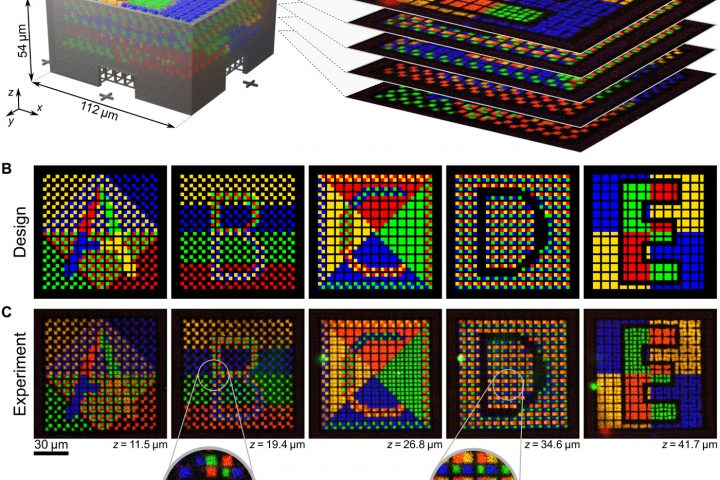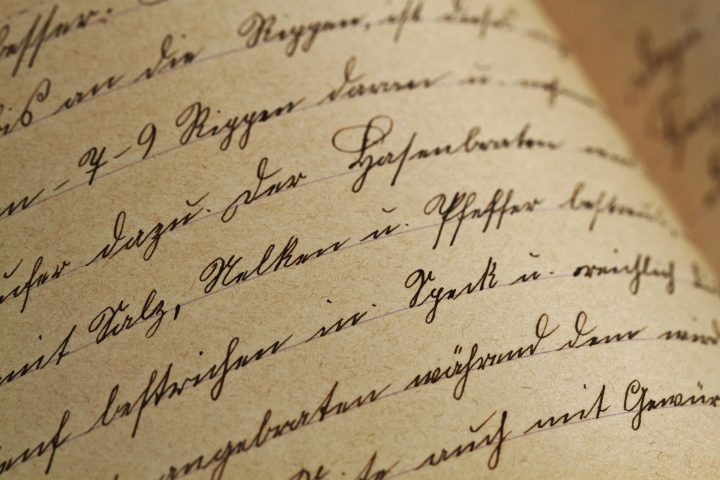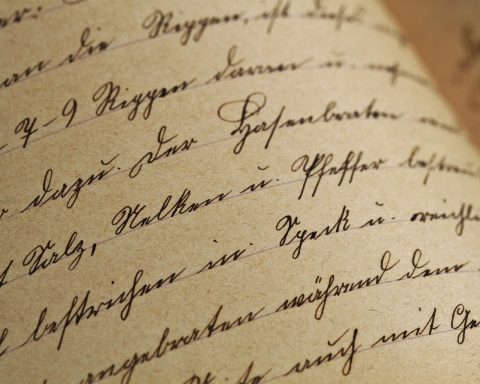Modern nanotechnology has evolved rapidly due to the increased access across the world to characterization techniques that allows use the see shapes of nanomaterials and nanostructures and study their various properties. Many

TL;DR: This study explores the use of three-photon direct laser writing (DLW) to fabricate high-performance quantum dot (QD)-polymer filters, overcoming limitations of traditional two-photon processes. By utilizing a 1035 nm laser, the

Context: 2D materials like graphene, transition material dichalcogenides (TMDs) and MXenes form a versatile body of materials with various electronic tendencies ranging from metallic, semi-conducting, and insulating to various topologically active electronic

Context: There are many 2D materials with inherent non-linear optical properties. The interaction of high intensity lasers with such materials on a surface can switch on unique optical phenomena in the material.

Context: This study explores the formation of sediments and minerals in nature by lookin at how charged droplets lead to changes in surface tension setting off forces that tear micro sized particles

Context: Continuous fabrication of high-aspect-ratio structures with nano/microscopic features is desirable for many applications in medicine and photonics, including custom-designed stents, micro-surgery equipment, and optical components. Two-Photon Continuous Flow Lithography: This paper

The advancements in maskless fabrication methods, specifically two-photon microfabrication, have ushered in a revolutionary era in materials science. These state-of-the-art techniques allow for the precise creation of custom-designed microscale phases and have

Researcher’s led by Prof. Hongbo Sun at Tsinhua university, Beijing has put the protein bovine serum albumin (BSA) to use as a muscle in microstructures. Microstructures fabricated by two-photon laser direct writing

This post deals with the a new method for mulimaterials two-photon lithography from the paper entitled “Multimaterial 3D laser microprinting using an integrated microfluidic system” published in Science Advances[1] . Facile integration of

This post will introduce a roll call of classic papers about direct laser writing (DLW) in a chornological order, and talk briefly about their significance. Over the years there have been many



